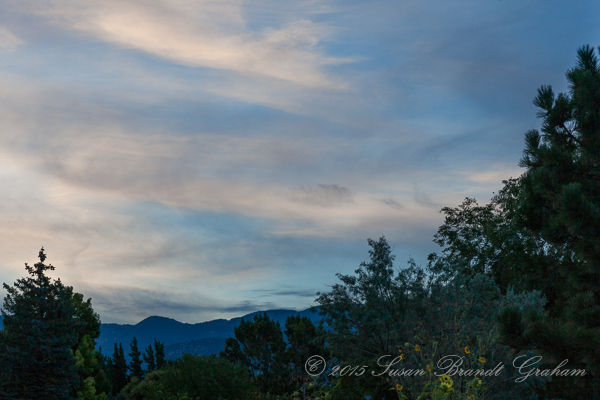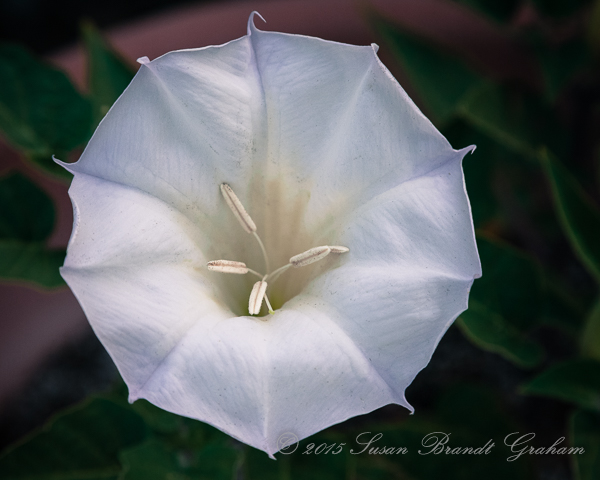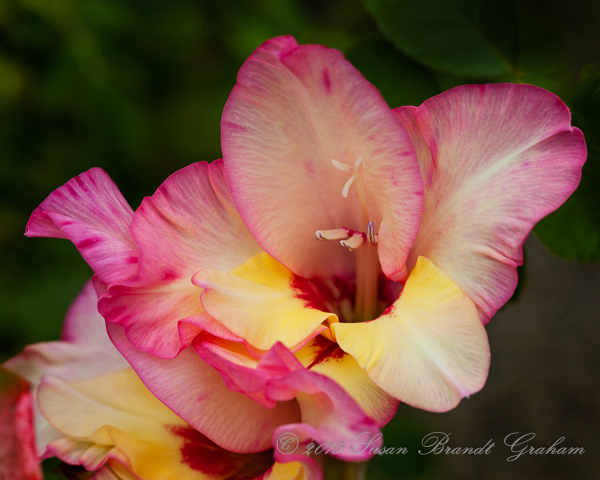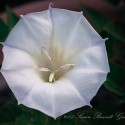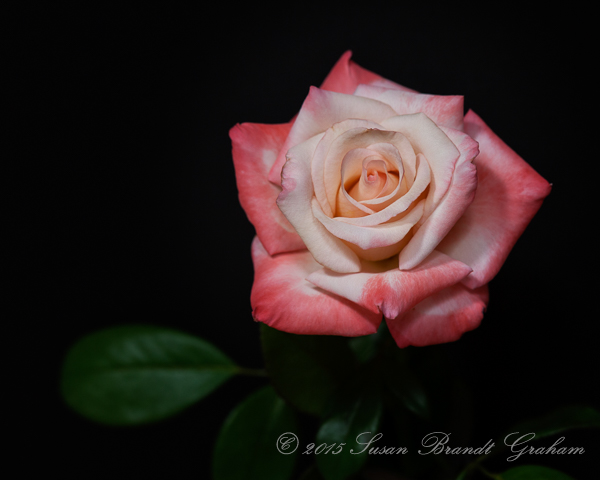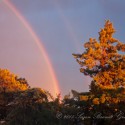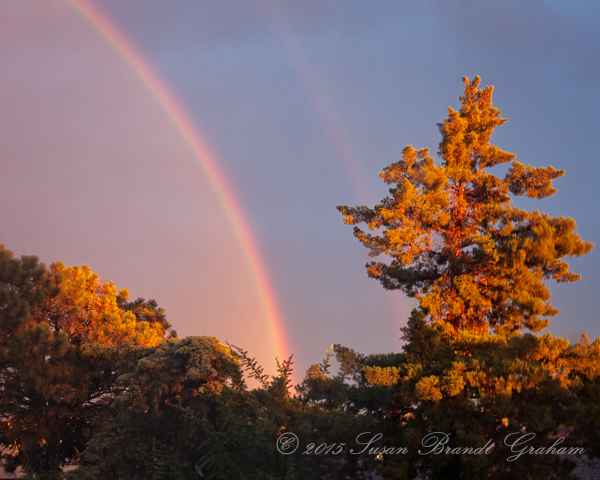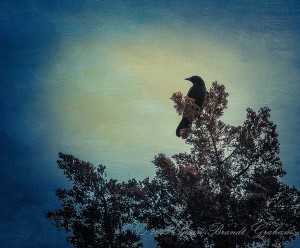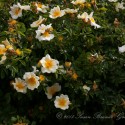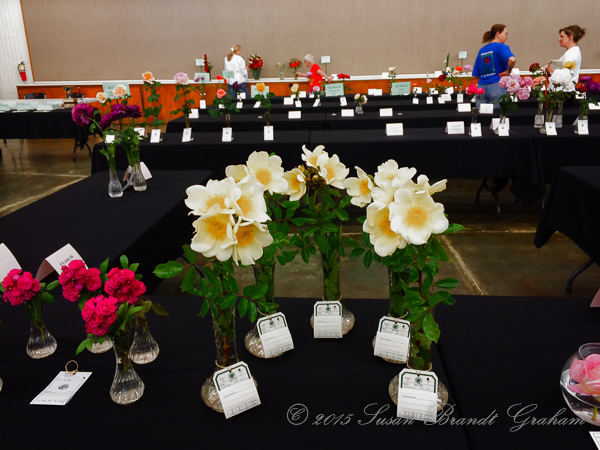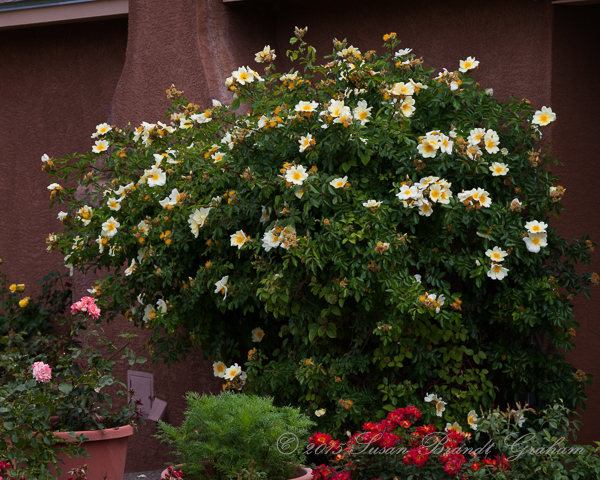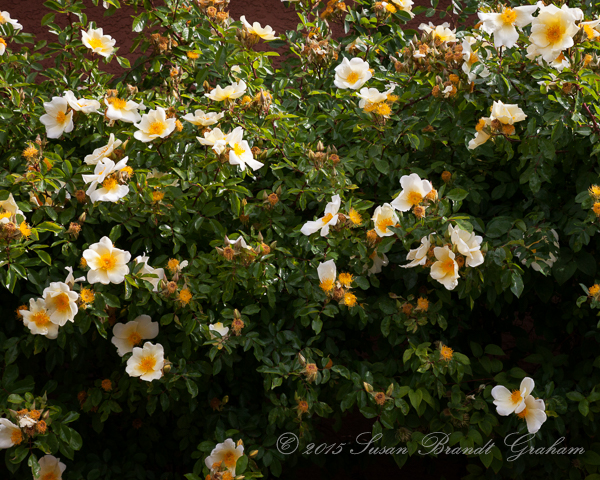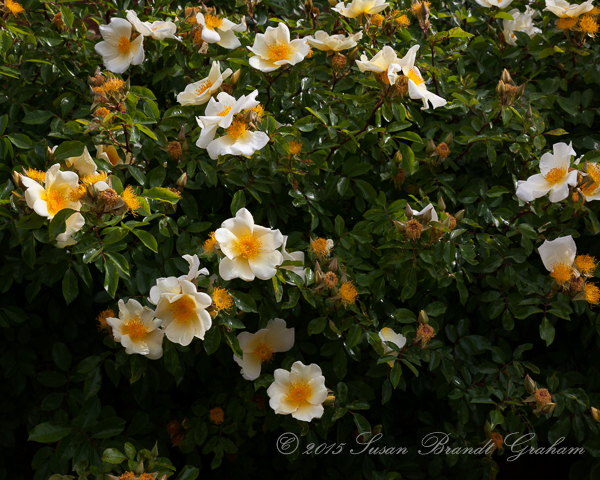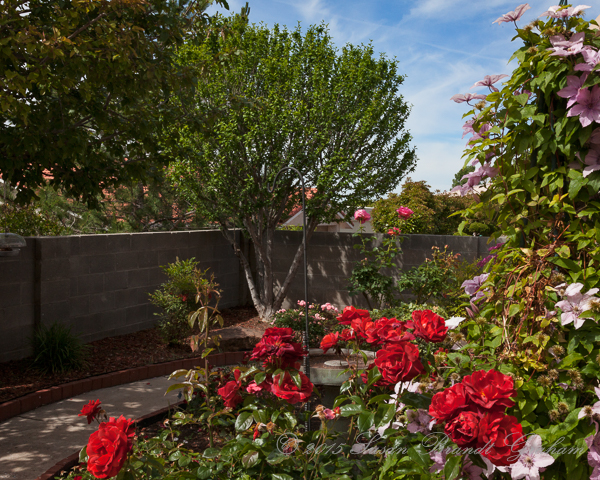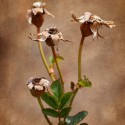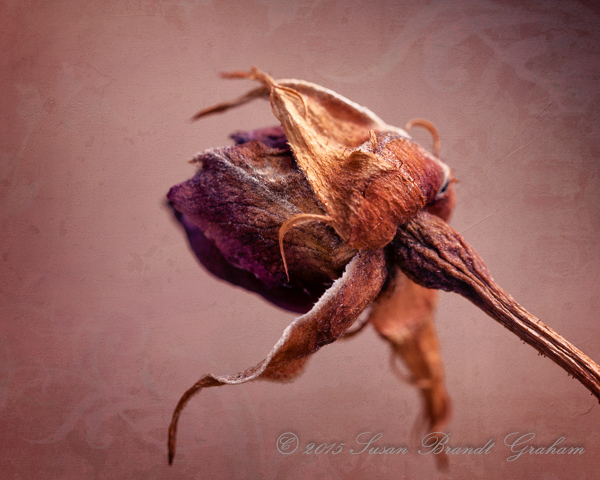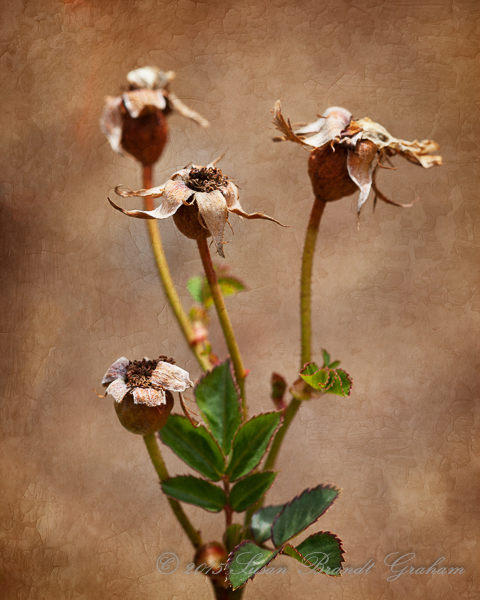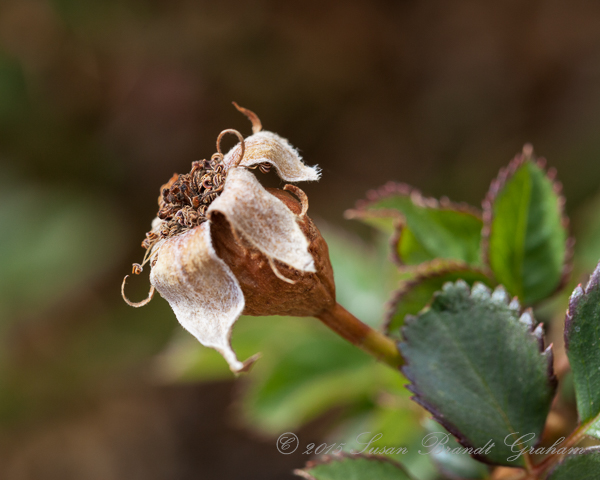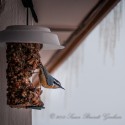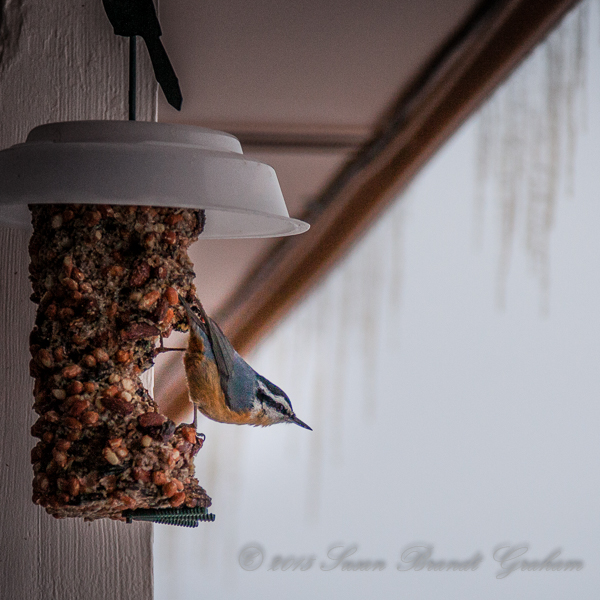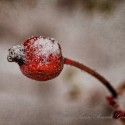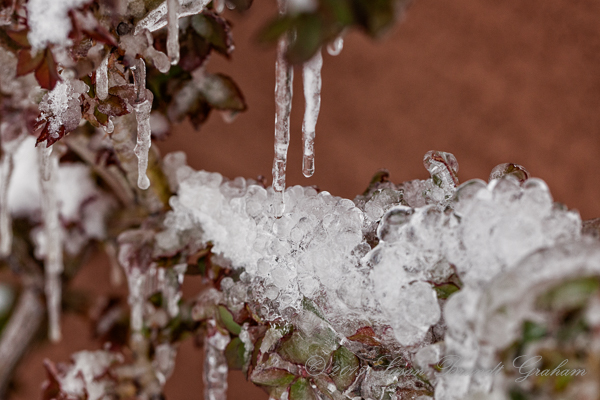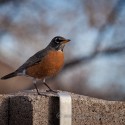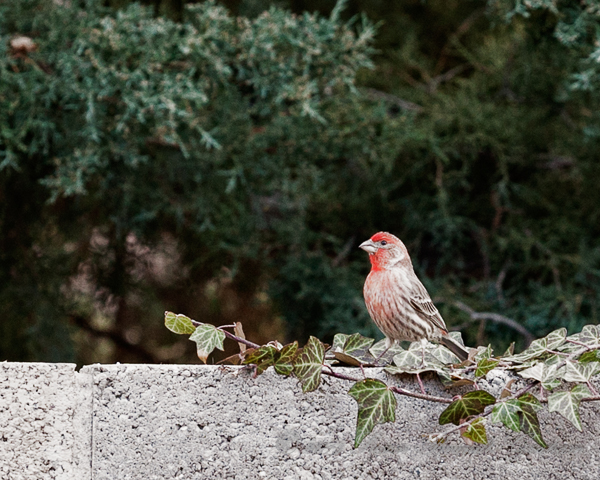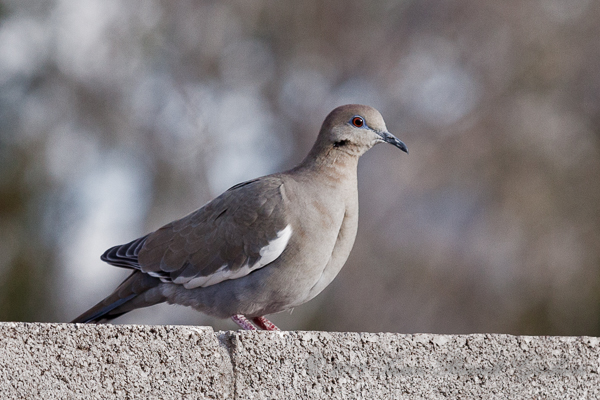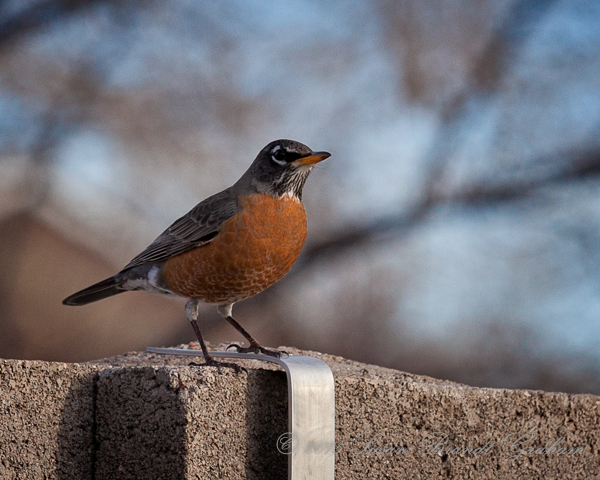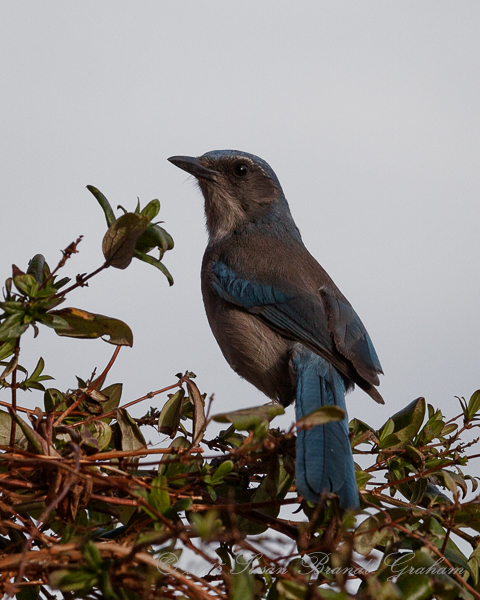Insight New Mexico 2015: Through Her Eyes
Insight New Mexico has become the premier photography exhibition for New Mexico women photographers. Organized by LeRoy Perea, Insight is an outgrowth of the popular ANMPAS (Annual New Mexico Photographic Art Show), held in December. Both are juried shows, and it is always an honor to have images selected for showing in either one.
The theme of this year’s show is Through Her Eyes. From the press release:
“Through Her Eyes” the 2015 InSight exhibit opening April 5, 2015, at Expo New Mexico showcases the work of women photographers of New Mexico. It was juried by nationally respected women photographers: Jennifer Hudson, Linda Ingraham, Margot Geist and Phyllis Burchett. The show includes more than 125 images, representing the work of 61 emerging and professional women photographers residing in the state. You will see an array of diverse subjects, themes, and unique processes, and every image is available for purchase.
I am very happy that my two images were selected for inclusion in Insight New Mexico 2015, a show which is always fun. This year’s theme, Through Her Eyes, spoke to me. “The Observer, The Observed” was photographed and processed after I returned from Texas to be with my son. The amaryllis in “Postcard Series – Amaryllis” was photographed last year, but the processing of this image was also done after I returned from being with my son. Although rather different at first glance, the underlying theme of each is life transitions, with moments of beauty and of insight, and layers of meaning.
“The Observer, The Observed”
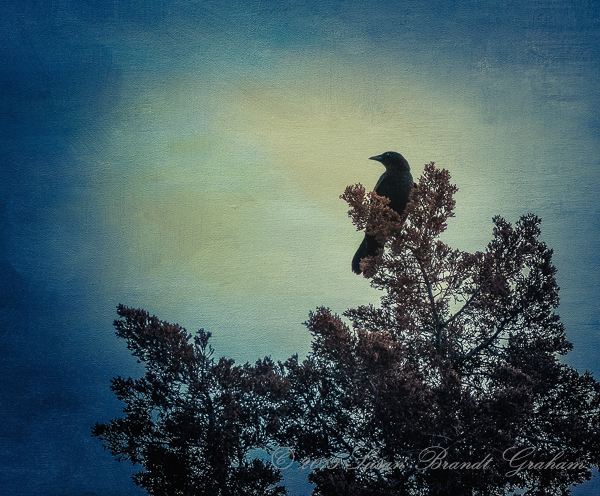
The Observer, The Observed
The Crow as symbol and in myth is a powerful creature around the world, but nowhere more so than in the Southwest. Crow is a Messenger who moves between Worlds; a Trickster who can steal Light from the Sky (the Sun) and bring it to people who need it; and an astute Observer. In early January I was out photographing a cloud bank rolling over the Sandia Mountains, with a storm predicted to follow it. Suddenly, some raucous crows appeared, seemingly out of nowhere, and they left as quickly as they came. This one crow, however, stayed behind, briefly, and seemed to pose for this one image, almost as a gift.
This image will be available as a Fine Art Giclée Canvas Print.
“The Postcard Series – Amaryllis”

The Postcard Series – Amaryllis
Amaryllis – bringing life, colorful life, indoors in the winter. These flowers hold the promise of spring, while being beautiful in the present. Postcards – old postcards, saved postcards, speak to memories of the past. Past travels? Past good times with old friends? Memories of things that made us who we are? The Postcard series combines memories of the past with beauty of the present. But, beautiful flowers do not last forever. What of the future? That is for the viewer to determine…
This image will be available as a Fine Art Giclée Bamboo Watercolor Print.
The exhibit will be held in the Fine Arts Building at Expo New Mexico (the New Mexico State Fairgrounds) from April 5th through April 26th. Hours are Tuesday through Sunday (closed on Mondays) from 10:00 a.m. until 5:00 p.m. The cost to see the exhibit is free.
I hope to see my friends from the Albuquerque area there.
Like this:
Like Loading...
